Home>Furniture & Design>Interior Design Trends>How To Tell If You Have Uranium Glass
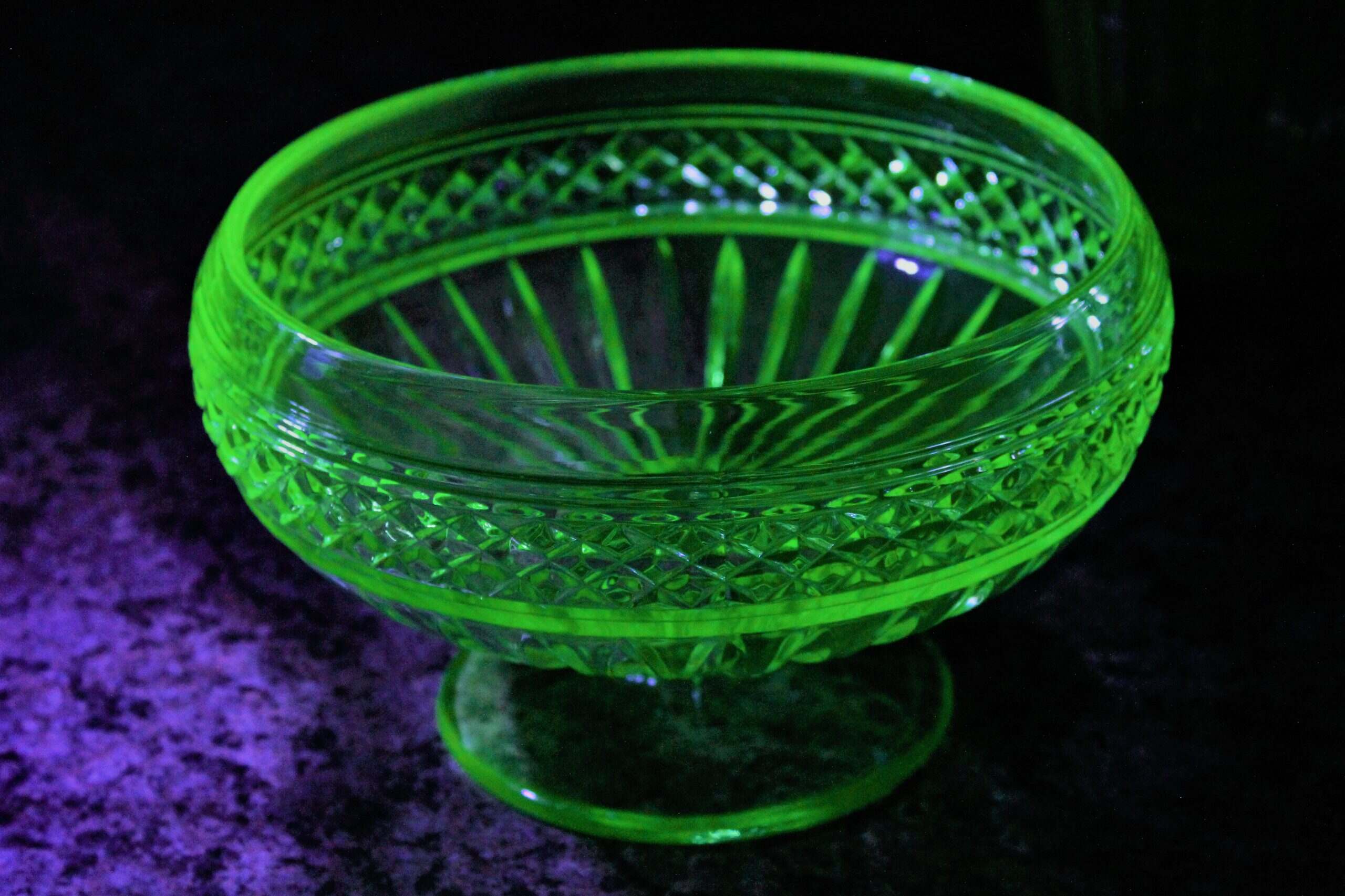

Interior Design Trends
How To Tell If You Have Uranium Glass
Modified: April 21, 2024
Learn how to identify uranium glass in your interior design. Discover the latest trends and tips for incorporating this unique glass into your home decor.
(Many of the links in this article redirect to a specific reviewed product. Your purchase of these products through affiliate links helps to generate commission for Storables.com, at no extra cost. Learn more)
What is Uranium Glass?
Uranium glass, also known as Vaseline glass, is a type of glass that contains uranium oxide. This unique glass gained popularity during the 19th century and continues to captivate collectors and enthusiasts today. The uranium content gives the glass a distinct yellow or greenish glow when exposed to ultraviolet light, making it a fascinating and sought-after collectible.
The use of uranium in glassmaking dates back to the 1830s, and its popularity peaked during the late 19th and early 20th centuries. Uranium oxide is added to the glass mixture in small quantities, typically around 2-25%, to create the characteristic fluorescent effect. This distinctive feature sets uranium glass apart from other types of glassware, making it easily recognizable to those familiar with its unique properties.
Uranium glass comes in a variety of forms, including vases, bowls, plates, cups, and decorative items. Its vibrant color and intriguing glow make it a popular choice for collectors and enthusiasts interested in vintage and antique glassware. The allure of uranium glass lies not only in its visual appeal but also in its historical significance and the artistry involved in its production.
The use of uranium in glassmaking has sparked interest and intrigue among collectors and historians, adding to the mystique and desirability of uranium glass. Its distinctive appearance and historical significance make it a prized addition to any glassware collection, attracting both seasoned collectors and those new to the world of antique glass.
Understanding the unique properties and historical context of uranium glass adds depth and appreciation for this captivating collectible. Whether displayed for its aesthetic appeal or cherished for its historical significance, uranium glass continues to fascinate and delight collectors around the world.
Key Takeaways:
- Uranium glass, also known as Vaseline glass, can be identified by its distinct yellow or greenish glow under a black light. This unique feature sets it apart from other glassware, making it a sought-after collectible.
- When handling uranium glass, prioritize safety by minimizing direct contact, avoiding ingestion, and using protective gear. Display and store the glassware carefully to ensure its preservation and safekeeping.
Read more: How To Tell If Green Glass Is Uranium
How to Identify Uranium Glass
Identifying uranium glass, also known as Vaseline glass, involves recognizing its distinctive characteristics and employing specific methods to confirm its composition. The following techniques can help determine whether a piece of glassware contains uranium and exhibits the unique fluorescent properties associated with this captivating material.
Visual Inspection
One of the primary methods for identifying uranium glass is through visual inspection. Uranium glass often displays a subtle yellow or green tint, which can vary in intensity depending on the uranium oxide content. When examining a piece of glassware, observe its color under natural and artificial light to detect any characteristic hues associated with uranium glass. Keep in mind that the color may appear more pronounced when viewed against a white background, aiding in the identification process.
Black Light Test
Using a black light is a popular and effective method for identifying uranium glass. When exposed to ultraviolet light, uranium glass emits a distinct fluorescent glow due to the presence of uranium oxide. This glow can range from a subtle greenish hue to a vibrant yellow, depending on the specific composition of the glass. By carefully examining the glassware under a black light, collectors and enthusiasts can easily discern whether it contains uranium and exhibits the coveted fluorescent properties that make uranium glass so alluring.
UV Lamp Examination
In addition to a traditional black light, a UV lamp can also be used to identify uranium glass. By shining a UV lamp on the glassware, any uranium present will emit a noticeable fluorescent glow, confirming its composition. This method provides a convenient way to verify the presence of uranium in glassware and is commonly employed by collectors and antique enthusiasts seeking to authenticate their uranium glass pieces.
Read more: How To Tell If It’s Uranium Glass
Chemical Analysis
For a more comprehensive approach to identification, chemical analysis can be utilized to confirm the presence of uranium in glassware. This method involves using specialized testing equipment to detect the uranium content within the glass. While chemical analysis may not be practical for casual collectors, it offers a scientifically rigorous means of verifying the composition of uranium glass for those seeking precise confirmation.
Expert Consultation
Seeking guidance from experienced collectors, appraisers, or professionals in the field of antique glassware can provide valuable insights into identifying uranium glass. Their expertise and knowledge can offer additional support in recognizing the unique characteristics and properties of uranium glass, enhancing the ability to distinguish it from other types of glassware.
By employing these methods and techniques, collectors and enthusiasts can confidently identify uranium glass, appreciating its distinctive qualities and historical significance within the realm of antique and vintage glassware. Whether through visual inspection, black light testing, or expert consultation, the process of identifying uranium glass adds depth and intrigue to the appreciation of this captivating collectible.
Using a Black Light to Identify Uranium Glass
Utilizing a black light is a widely recognized and effective method for identifying uranium glass, also known as Vaseline glass. This approach capitalizes on the unique fluorescent properties exhibited by uranium glass when exposed to ultraviolet light, offering a straightforward and reliable means of confirmation.
When subjected to a black light, uranium glass emits a distinct fluorescent glow, ranging from a subtle greenish tint to a vibrant yellow, depending on the specific composition of the glass. This characteristic fluorescence is a result of the uranium oxide content within the glass, which reacts to the ultraviolet light, creating a visually striking and unmistakable effect.
To conduct the black light test, collectors and enthusiasts can simply expose the glassware to a handheld black light or a dedicated ultraviolet lamp in a darkened environment. By carefully observing the glass under the black light, any presence of uranium will be readily apparent, as the glass emits the telltale fluorescent glow associated with uranium glass.
The use of a black light provides a practical and accessible method for individuals to authenticate their glassware and confidently identify uranium glass within their collections. This approach is particularly valuable for those exploring antique markets, thrift stores, or estate sales, where the ability to quickly assess the authenticity of glassware can be advantageous.
Furthermore, the black light test offers a visually captivating experience, as the distinctive fluorescence of uranium glass becomes readily apparent, adding an element of intrigue and excitement to the identification process. The vibrant glow emitted by uranium glass under a black light serves as a testament to its unique properties and historical significance, further enhancing the allure of this captivating collectible.
By leveraging the black light test, collectors and enthusiasts can confidently distinguish uranium glass from other types of glassware, appreciating its distinct visual appeal and the fascinating interplay between ultraviolet light and uranium oxide. This method not only facilitates the identification of uranium glass but also enriches the overall experience of engaging with this remarkable and sought-after material.
Other Methods for Identifying Uranium Glass
In addition to the widely recognized black light test, several alternative methods can be employed to identify uranium glass, offering collectors and enthusiasts diverse approaches to authenticate and appreciate this unique material.
Fluorescence Photography
Fluorescence photography presents an innovative way to capture and analyze the fluorescent properties of uranium glass. By using a digital camera equipped with a UV filter and a source of ultraviolet light, enthusiasts can photograph the glassware under controlled conditions. This method allows for the documentation of the glass's distinctive fluorescence, providing a visual record of its unique properties. Fluorescence photography not only aids in the identification of uranium glass but also offers a creative and engaging means of showcasing its captivating fluorescence.
Geiger Counter Testing
For those seeking a more scientific approach to identification, the use of a Geiger counter can provide a quantitative assessment of the radiation emitted by uranium glass. Due to the radioactive nature of uranium, the glassware will emit low levels of radiation, which can be detected using a Geiger counter. While this method requires specialized equipment and expertise, it offers a precise means of confirming the presence of uranium in glassware, adding a scientific dimension to the identification process.
X-ray Fluorescence Spectrometry
X-ray fluorescence spectrometry, a non-destructive analytical technique, can be utilized to determine the elemental composition of uranium glass. By exposing the glass to X-rays, the resulting fluorescence provides insights into the specific elements present, including uranium. This method offers a comprehensive and scientifically rigorous approach to identifying uranium glass, making it particularly valuable for researchers, conservators, and advanced collectors seeking in-depth analysis of their glassware.
Expert Appraisal
Seeking the expertise of qualified appraisers and professionals specializing in antique glassware can provide valuable insights into identifying uranium glass. Experienced individuals in the field can offer nuanced assessments based on visual cues, historical context, and material composition, enhancing the ability to recognize and authenticate uranium glass. Expert appraisal serves as a valuable resource for collectors and enthusiasts, offering personalized guidance and knowledge to support the identification and appreciation of uranium glass.
By exploring these alternative methods for identifying uranium glass, collectors and enthusiasts can gain a deeper understanding of this captivating material while broadening their approach to authentication. Whether through fluorescence photography, scientific testing, or expert consultation, these methods contribute to a comprehensive and enriching experience, further enhancing the allure and appreciation of uranium glass within the realm of antique and vintage glassware.
Read more: How To Tell If You Have Projector Headlights
Safety Precautions When Handling Uranium Glass
When handling uranium glass, it is essential to prioritize safety and take necessary precautions to minimize potential risks associated with its radioactive properties. While uranium glass is generally considered safe for practical use and display, it is important to exercise caution and awareness to ensure a responsible approach to handling and enjoying this unique material.
Limited Direct Contact
To minimize direct contact with uranium glass, particularly for pieces that show signs of wear or damage, it is advisable to handle the glassware with clean, dry hands and avoid prolonged skin contact. This precaution helps reduce the risk of potential exposure to any residual uranium content that may be present on the surface of the glass.
Avoid Ingestion
As a preventive measure, it is crucial to refrain from using uranium glassware for food or beverage consumption. While the uranium content in the glass is typically low and considered safe for general use, avoiding the ingestion of any particles or residues from the glass is a prudent safety practice.
Display Considerations
When showcasing uranium glass in a home or exhibition setting, it is important to position the glassware in a manner that minimizes the likelihood of accidental breakage or damage. Placing the pieces in secure display cabinets or shelves can help prevent unintended handling and reduce the risk of potential exposure.
Read more: How Dangerous Is Uranium Glass
Protective Handling Gear
For individuals who frequently handle or transport uranium glass, the use of protective gloves can provide an additional layer of safety. Wearing gloves made of non-reactive materials can help minimize direct skin contact and offer peace of mind when interacting with uranium glassware.
Proper Storage
When not in use or on display, storing uranium glass in a secure and stable environment can help maintain its condition and minimize the risk of accidental breakage. Utilizing padded storage containers or designated areas for uranium glass can contribute to its preservation and safekeeping.
Awareness of Radioactive Properties
While the radioactivity of uranium glass is generally considered low and poses minimal health risks under normal handling and display conditions, maintaining awareness of its radioactive properties is essential. This understanding fosters a responsible and informed approach to enjoying and appreciating uranium glass as a collectible and historical artifact.
By adhering to these safety precautions when handling uranium glass, collectors and enthusiasts can cultivate a safe and respectful environment for engaging with this captivating material. Prioritizing safety measures and promoting awareness of the unique properties of uranium glass contribute to a responsible and enriching experience, ensuring the continued enjoyment and preservation of this remarkable collectible for generations to come.
Frequently Asked Questions about How To Tell If You Have Uranium Glass
Was this page helpful?
At Storables.com, we guarantee accurate and reliable information. Our content, validated by Expert Board Contributors, is crafted following stringent Editorial Policies. We're committed to providing you with well-researched, expert-backed insights for all your informational needs.
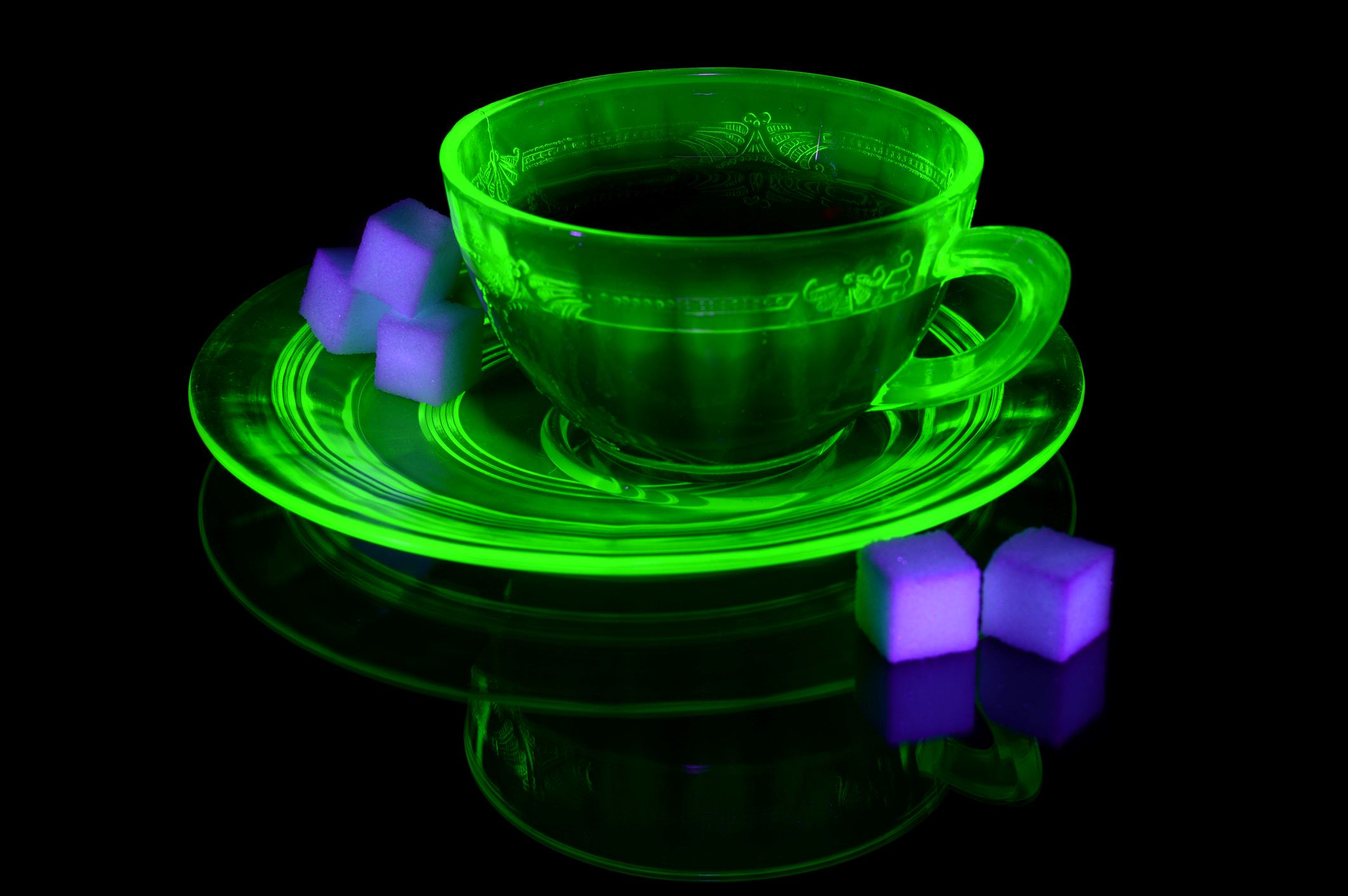
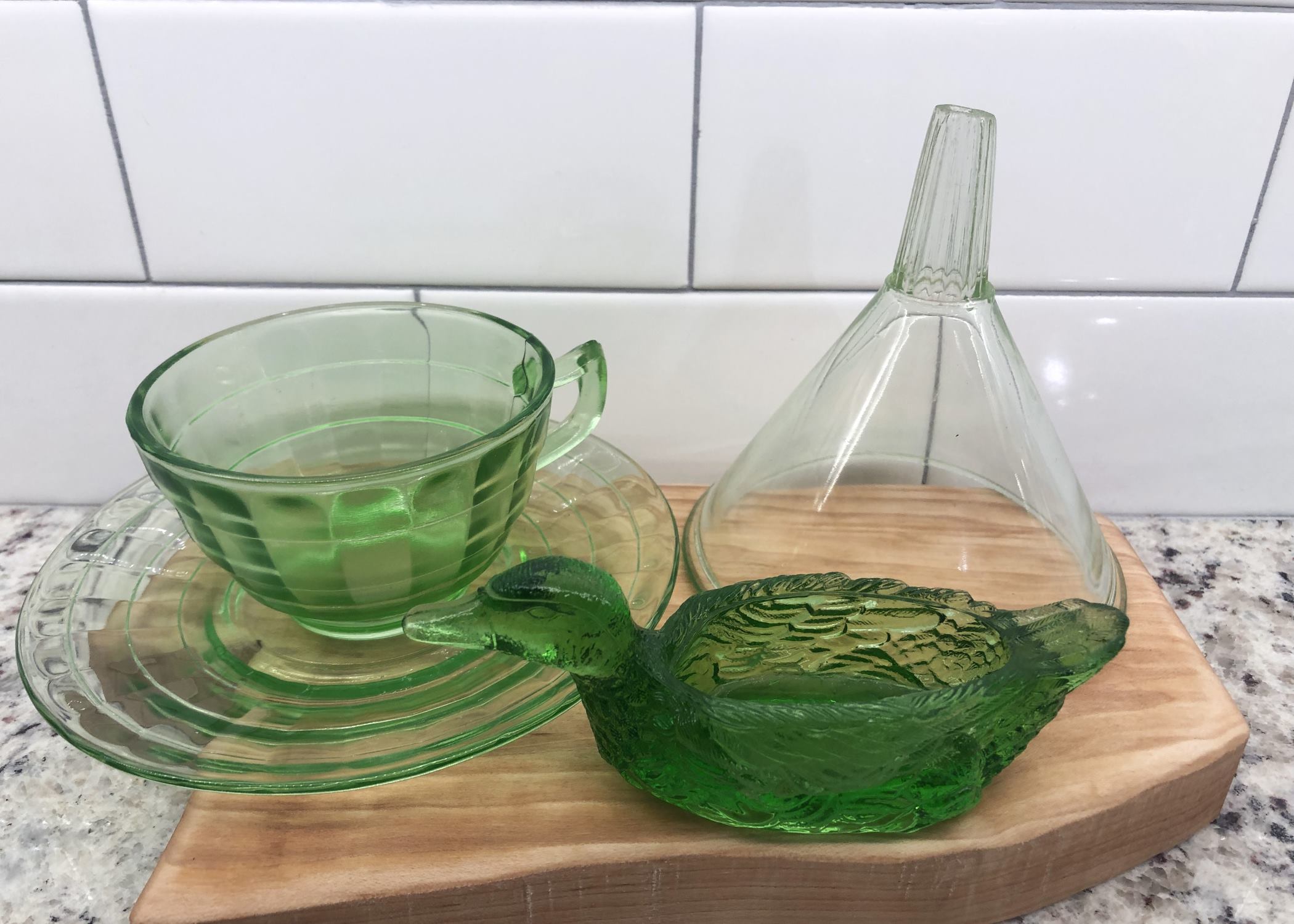
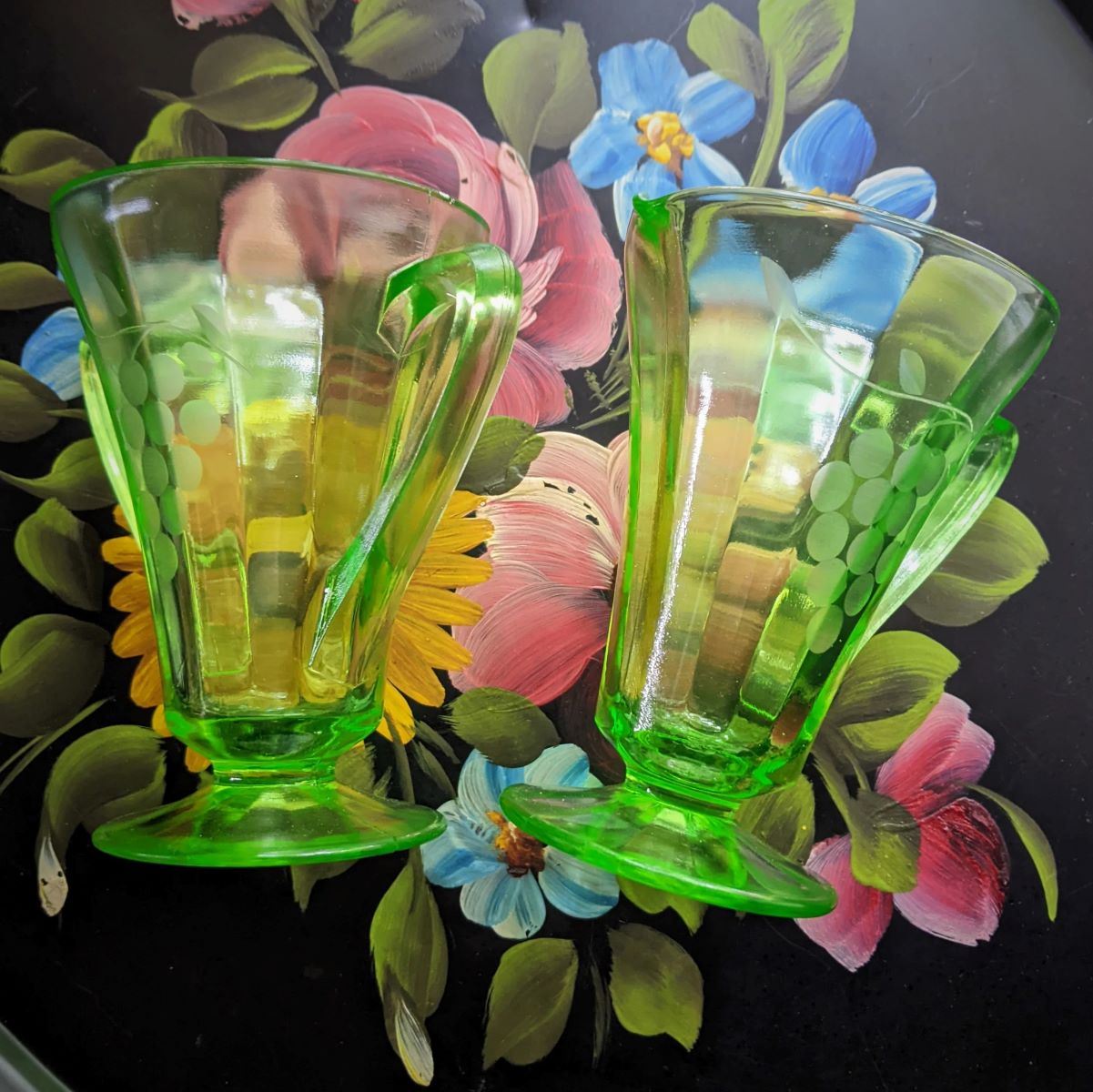
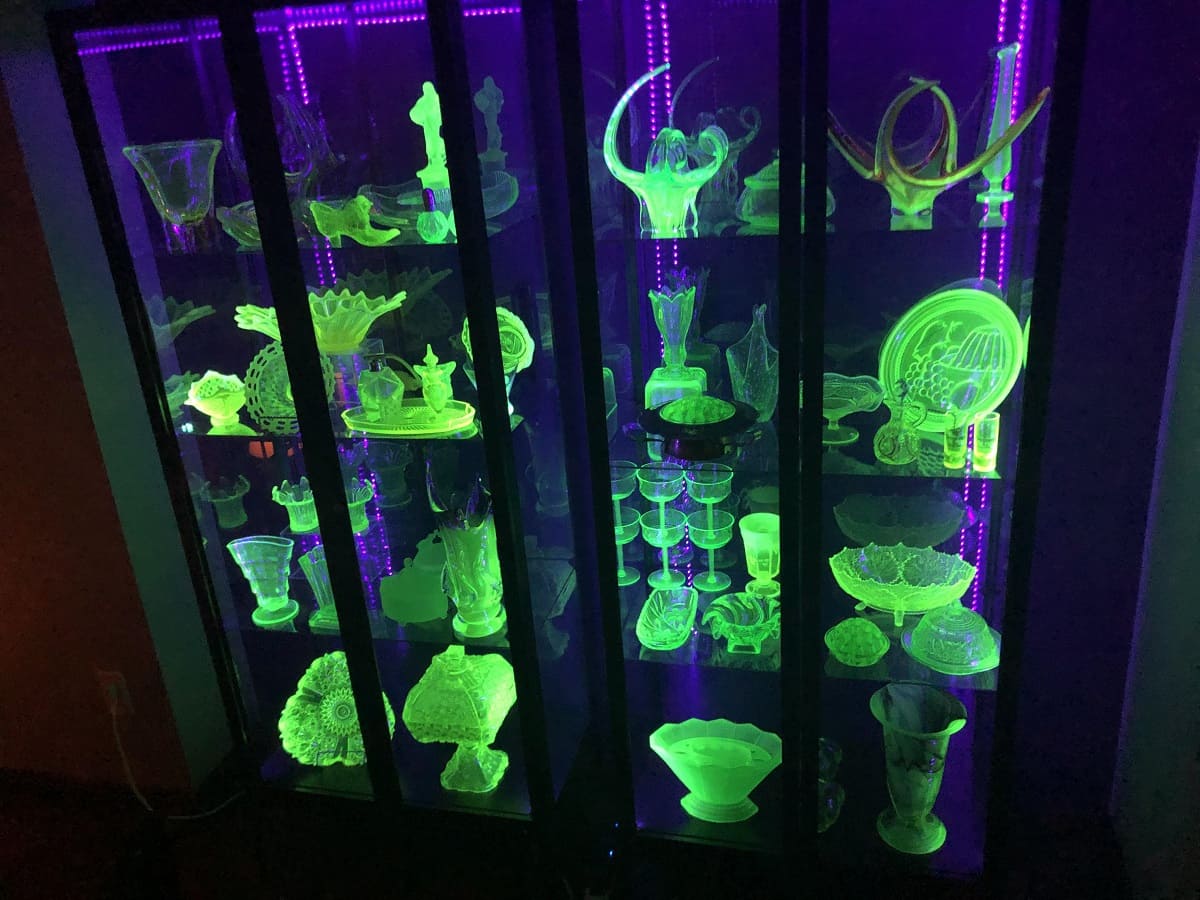

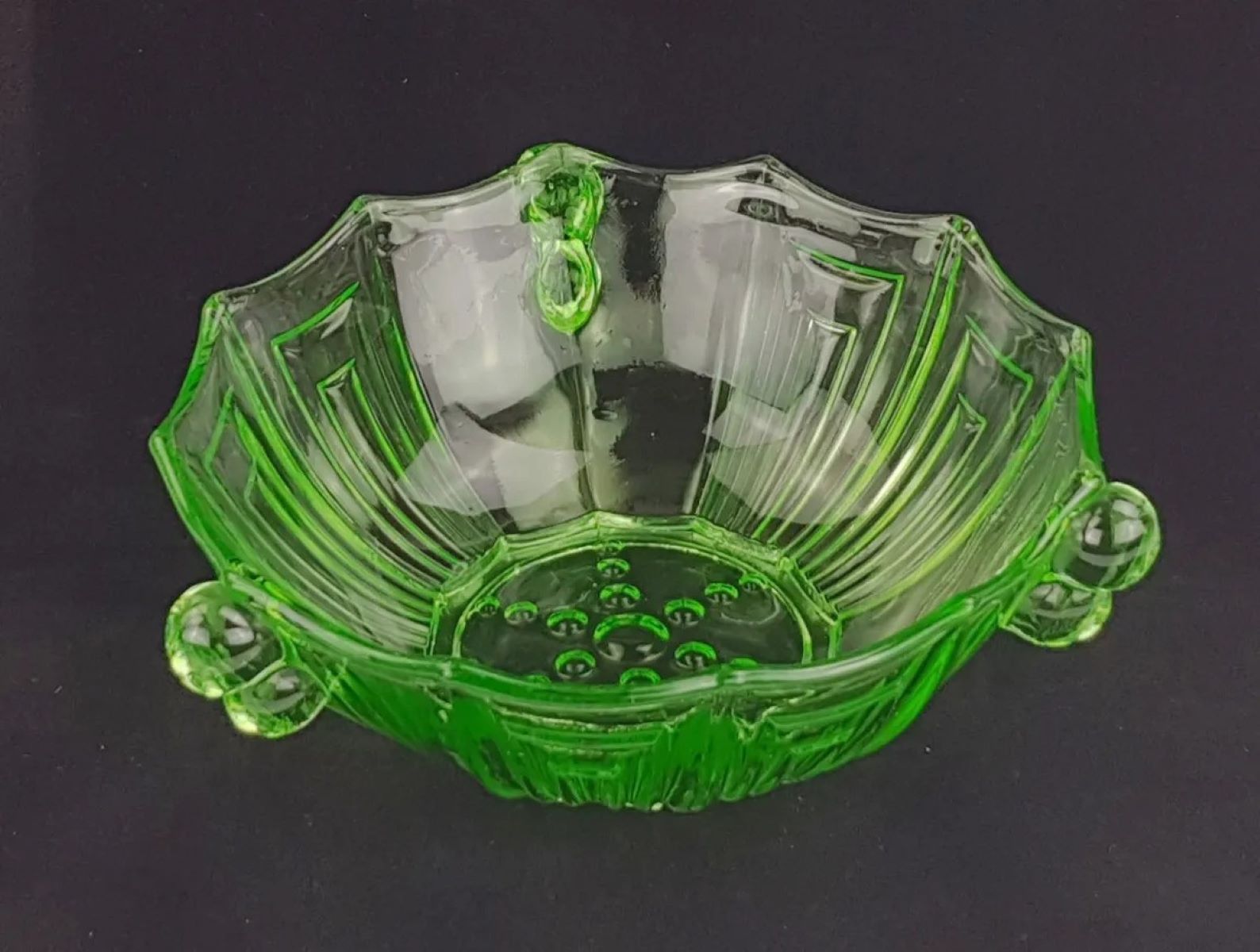
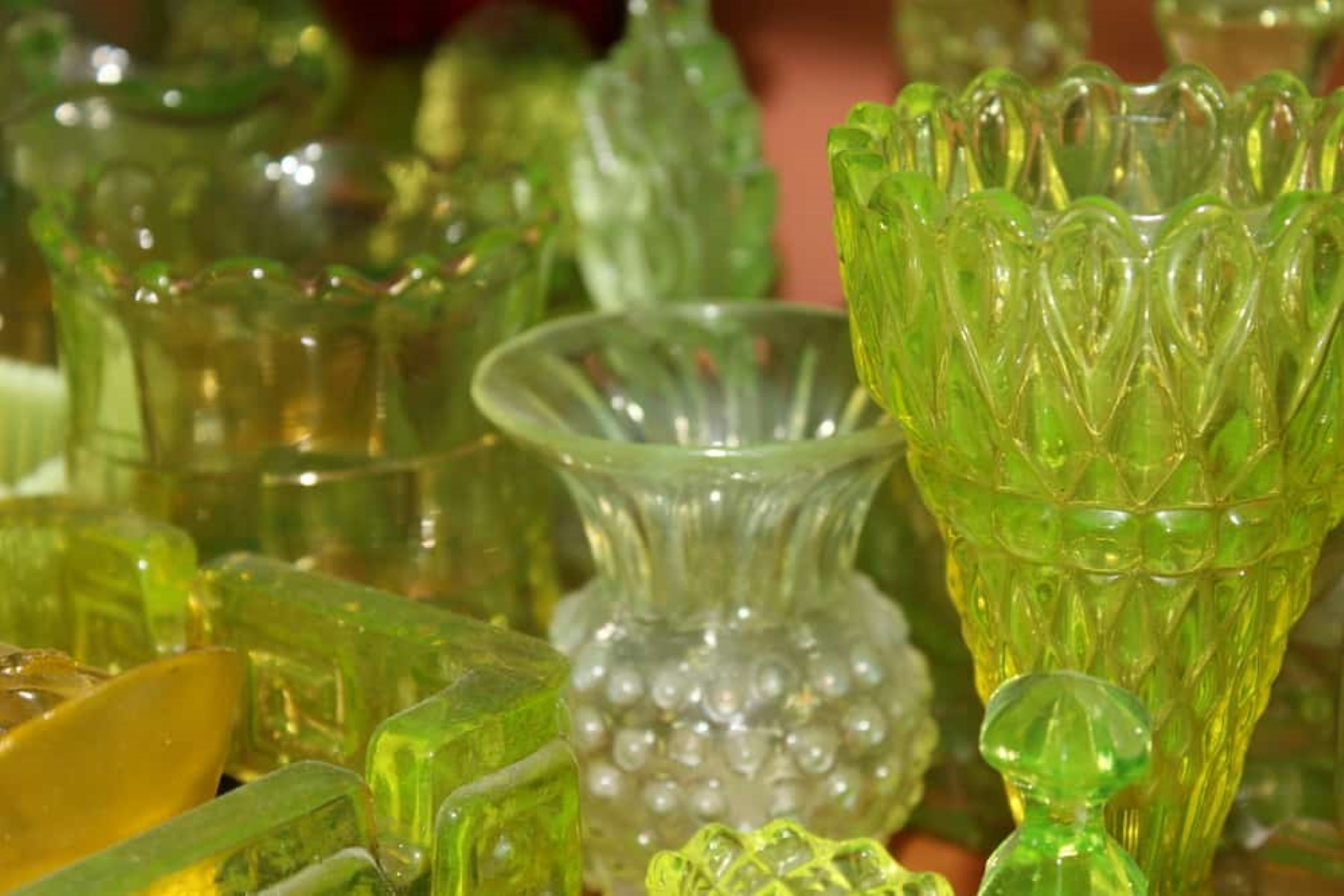
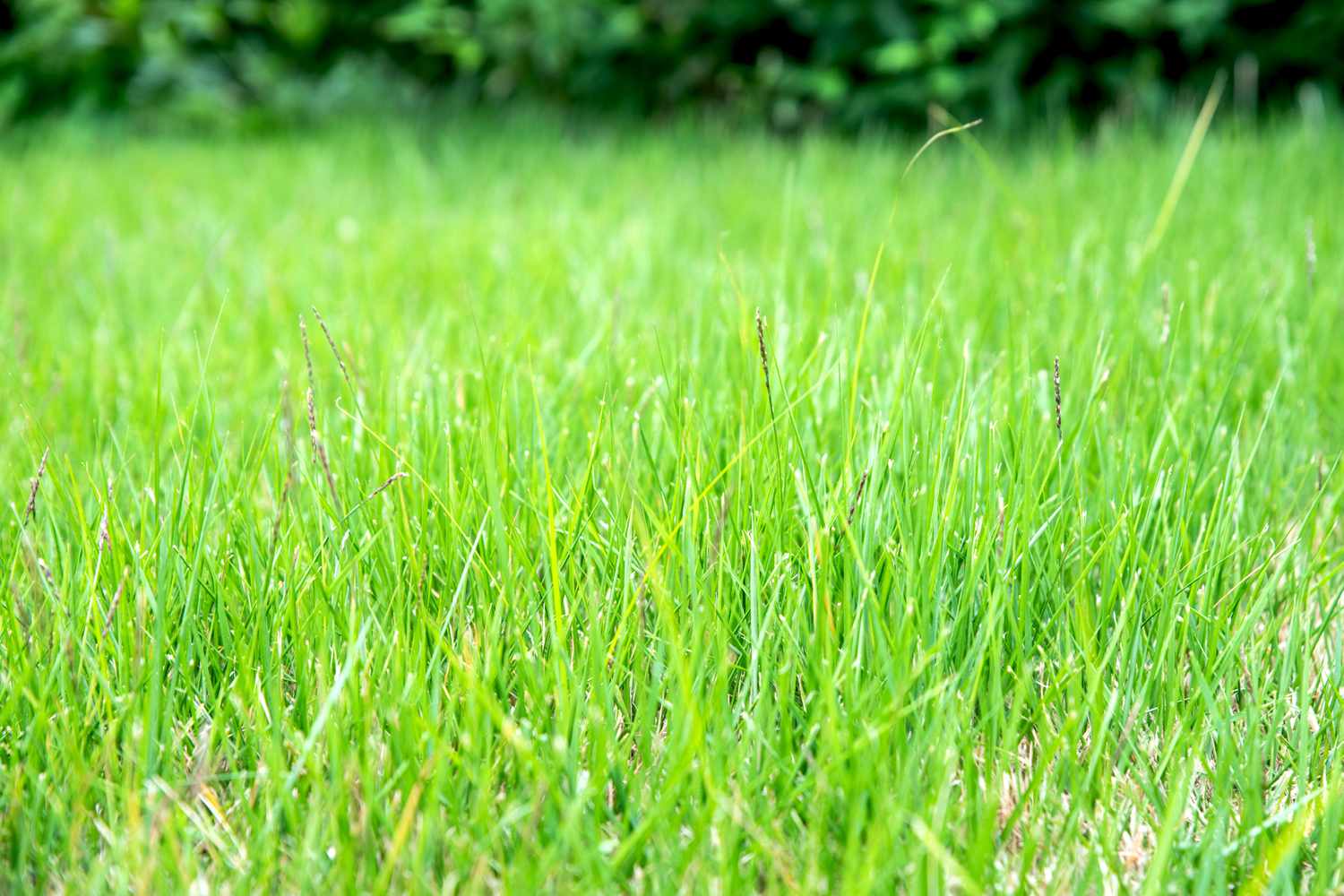
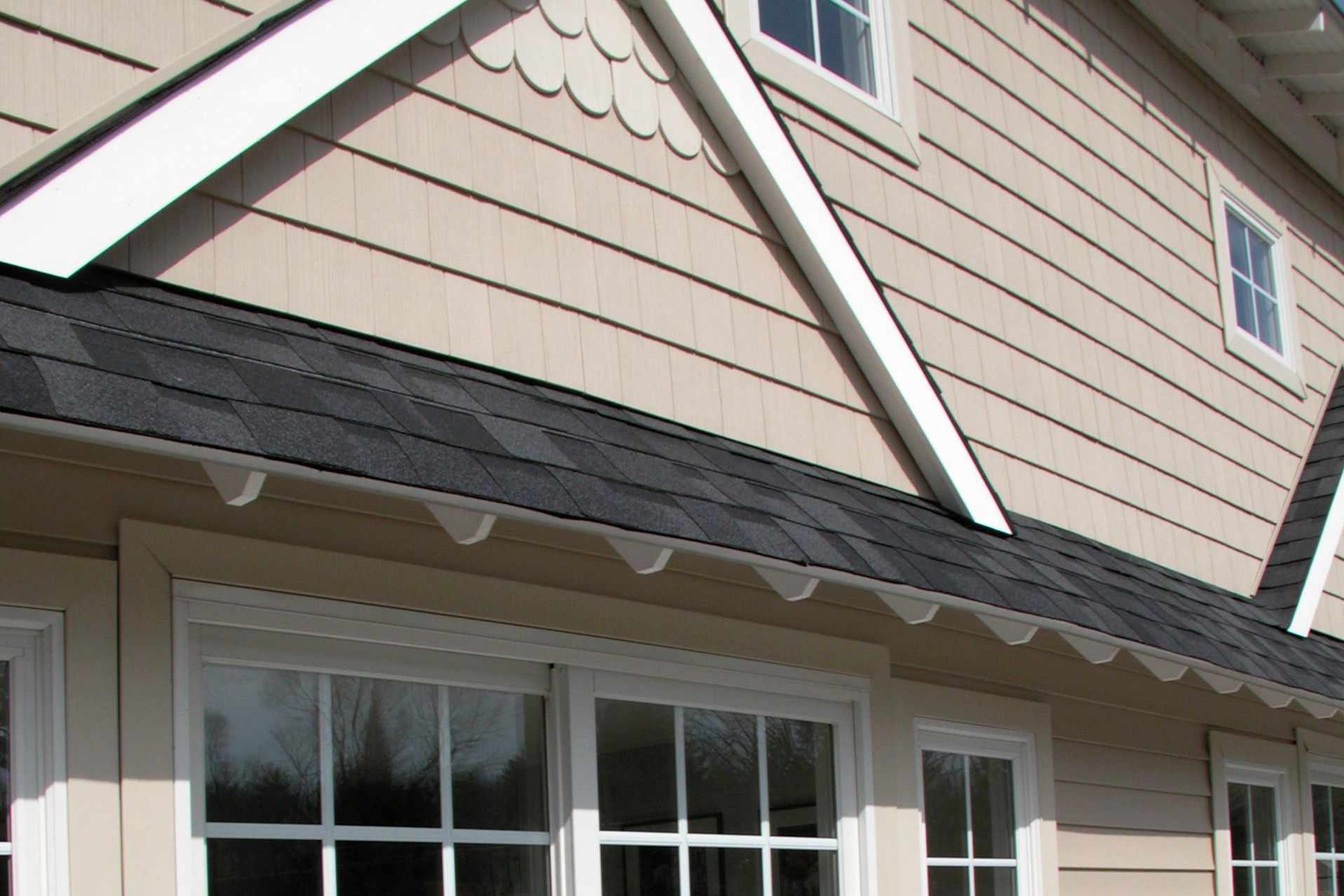
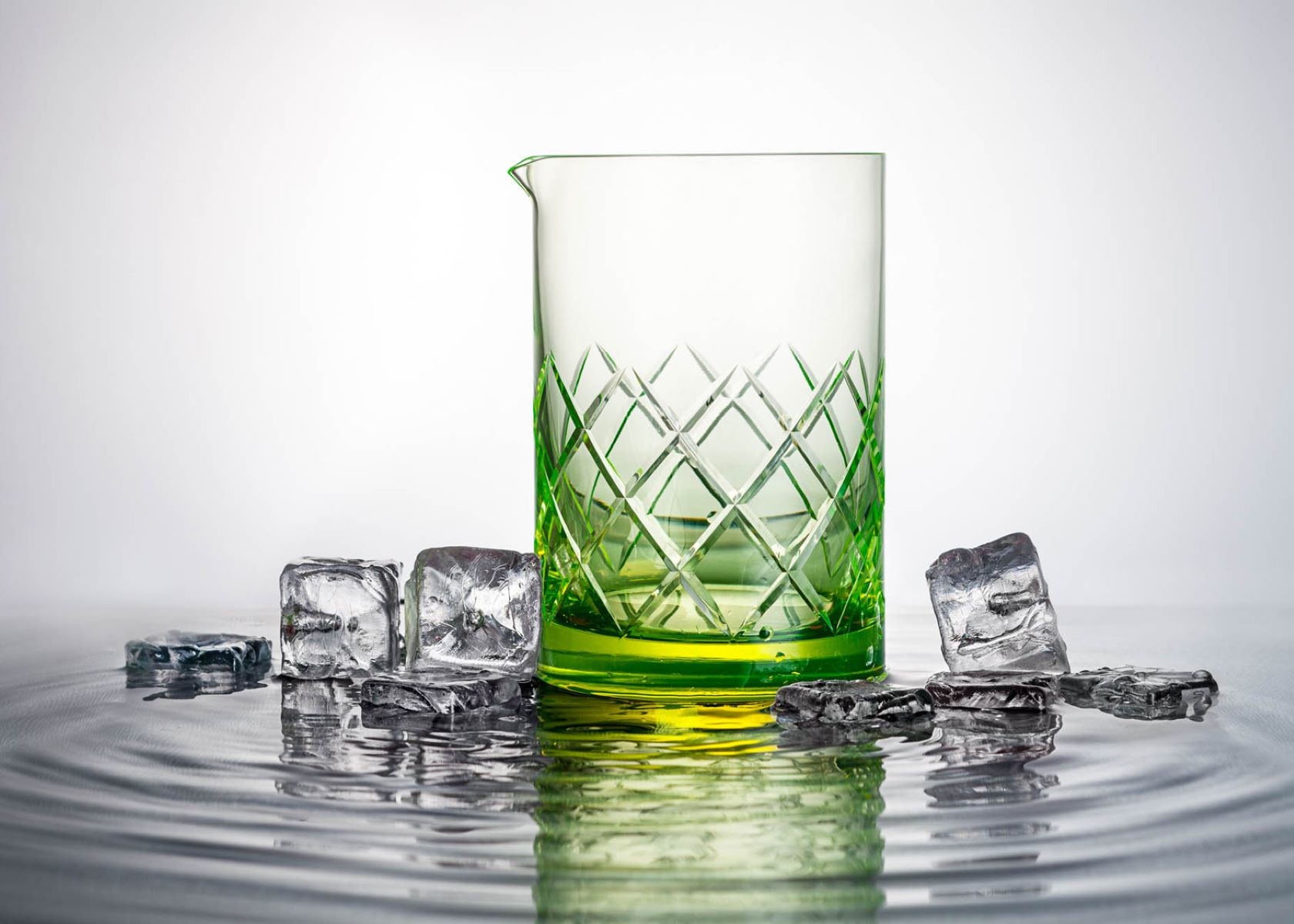
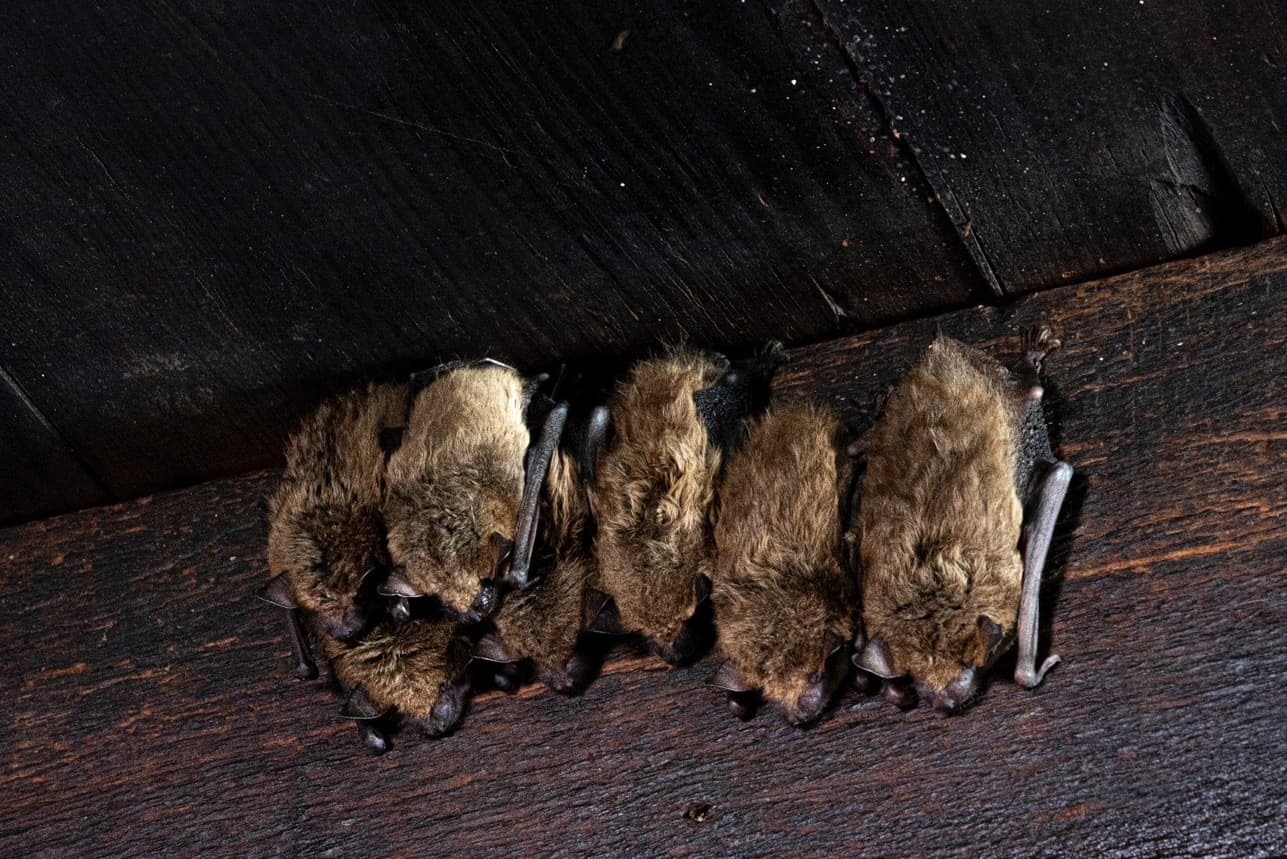

0 thoughts on “How To Tell If You Have Uranium Glass”